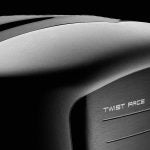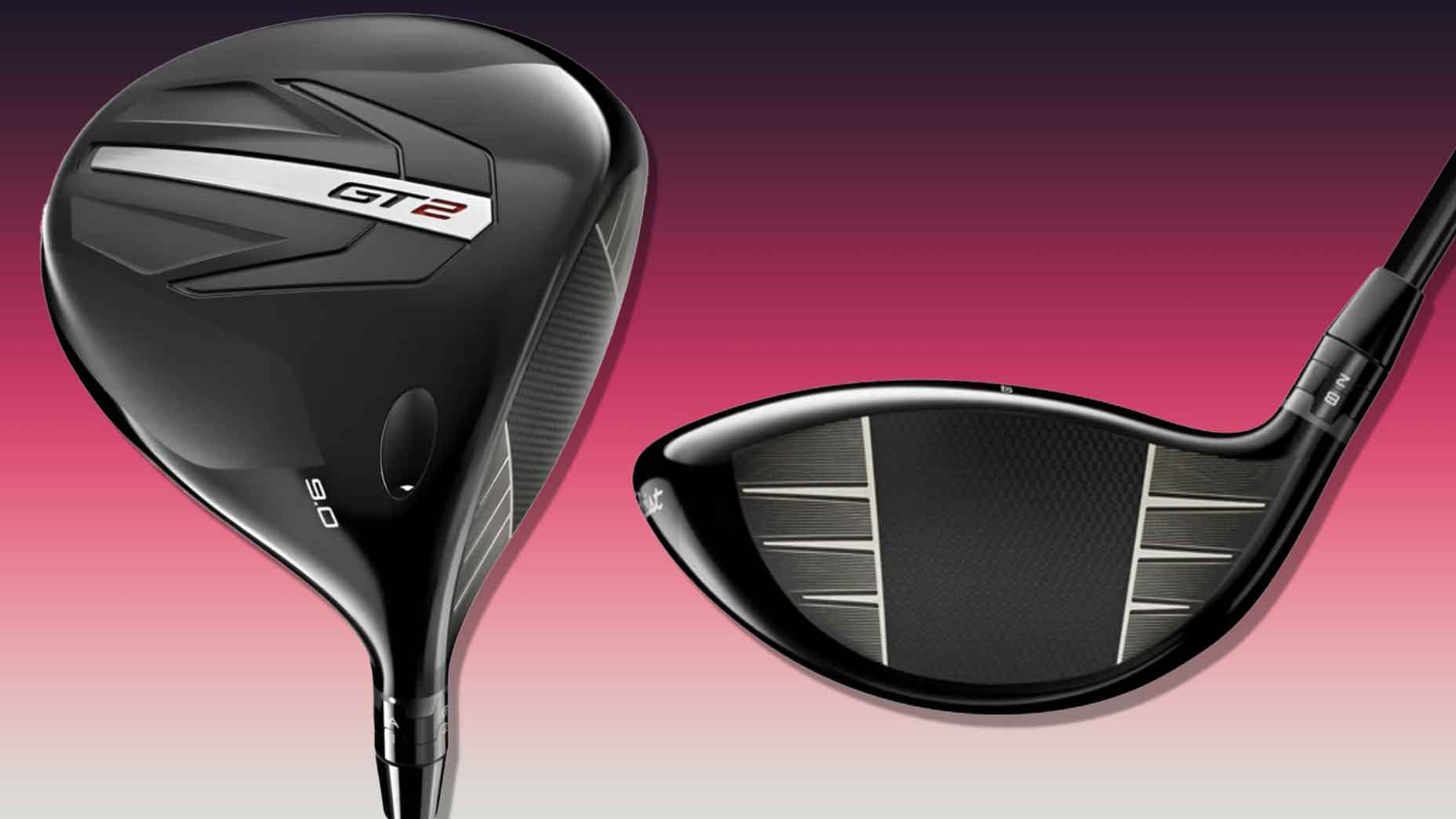Welcome to another edition of Yo, Gear Guy!, an interactive GOLF.com series in which our resident dimplehead (a.k.a., GOLF’s deputy editor of equipment Mike Chwasky) fields your hard-hitting questions about clubs, fittings, gadgets, bounce, lofts, CG, MOI, and a bunch of other scary acronyms. Got a question for Gear Guy? Hit us up on Twitter, Facebook or Instagram.
With a nod to our newly published 2018 ClubTest driver reviews, we’re dedicating this week’s edition of Gear Guy to your driver queries.
Phutran09 on Instagram: What are the biggest differences between Callaway’s Rogue Sub Zero and Epic Sub Zero?
There are some significant differences between the two models you mentioned, including hourglass shaped titanium bars in the Rogue that are lighter than those in the Epic, allowing for a thinner clubface, more flex at impact, and a more efficient transfer of energy for more distance. The Rogue also features an improved variable face thickness design that improves ballspeed off center hits.

But the biggest difference between the two models is simply that the Epic was the first iteration of Jailbreak and the Rogue is the second, meaning Callaway’s R&D team had time to refine and improve the design. While the various refinements they made do create a bit more ballspeed and distance, the forgiveness and stability on miss hits is by all accounts significantly better in both the Rogue and Rogue Sub Zero models.
So if you’re an accomplished player who consistently strikes the ball in the middle of the clubface, you might not notice a huge difference, but if you’re an average player you’ll almost definitely notice a marked improvement on mishits and overall accuracy. Some players might not care too much about that sort of thing, but for me that means it’s probably time for an upgrade.

ba0.zer on Instagram: Is there any difference in the flexibility of driver shafts from brand to brand? Would stiff in one line necessarily mean the same for another?
I understand exactly what you’re asking and unfortunately I can’t really give you a specific answer. There’s no question that driver shafts, and all composite shafts for that matter, have much looser (but getting more consistent every day) tolerances than steel, and also no real standards for flex ratings. Per your question, it’s definitely possible (it’s happened to me) to get an S or S+ shaft from one manufacturer that feels stiffer than an X from another, or an S that feels the same as an R. 
For this reason it’s really a smart idea to get fitted by a reputable facility if you decide to upgrade to an aftermarket driver shaft. Good fitters have their shafts sorted for flex, weight, and torque, with little concern for what’s actually written on the shaft. At the moment this is the only surefire way to get the exact performance you’re looking for.
@RufioRadio on Twitter: What is the early feedback on the new TaylorMade TwistFace technology? Is it really working?
Good question, and the initial feedback is that, yes, it works. This isn’t to say that the technology will redirect every toe hook and heel slice back into the middle of the fairway. The thing to understand about TwistFace is that TaylorMade’s R&D folks found in the massive amount of data they have at their disposal a place where they could innovate an incremental improvement.

When it comes to mishits, low heel and high toe are the most common and most damaging for most players. TwistFace addresses those misses in the best way possible — by adding more correction that could be the difference between just missing a fairway and sneaking into the short grass. Most of their Tour staff feels that it could give them one more fairway hit per round, so while it’s a legit improvement, it’s not going to have you splitting every fairway like Calvin Peete. Not yet, anyway.
C_m_beck on Instagram: Is the TaylorMade M3 a big enough improvement on the M1 that I should be upgrading this season?
There are a few technologies in the new M3 that are not in the M1, including the aforementioned TwistFace. But the biggest reason to upgrade to the M3 is the new Y Track moveable weight design. This is a true game changer that makes the M3 about as easy to fit accurately as any driver I’ve seen or tried. With the Y Track, the sole weights can not only be moved front and back to manipulate CG location, launch, and spin rates, but can also move side to side to help dial in shot shape bias and stability.
I’ve actually been fit for the M3 and was impressed with the results as I achieved my best spin and launch numbers ever (1,700 rpm spin, 17-degrees launch) in about 15 minutes of fitting. The M1 is still a great driver, but if you want to really dial in your distance the M3 is a superior stick.
Mr_cheezle on Instagram: Can you explain what exactly a “milled” face is on the new Cobra F8 driver and what the benefits are supposed to be?
CNC milling is a computer controlled machining process that yields extremely precise cuts and is used in many modern clubs, including high-end carbon steel putters (think Scotty Cameron), wedges (like Callaway’s MD4), and now driver faces. In the case of the new F8 and F8+, the CNC milling process creates a more precise face thickness than standard hand polishing.
What that means in real terms is thinner clubfaces that are lighter and more flexible and also more consistent from club to club. The result is more ballspeed across a larger area of the clubface and also more consistent performance for all the players who decide to put a new Cobra driver in their bags. The milling process also creates a very cool and unique look, which definitely isn’t a bad thing.
Andrew Jurasits on Facebook: From what I’ve read, the PING G400 sounds like a top option for an average weekend golfer like me. What makes this driver a good fit for a 15-handicapper who has trouble keeping the ball straight off the tee?
PING’s G400 series, which includes the standard G400, the LST (low spin), the SFT (straight flight), and Max (max size and MOI) models, is definitely a great choice for any level of player, but is particularly good for those like yourself that have trouble with wayward drives. The reason is simple — PING’s engineers value balanced performance and take forgiveness as seriously as they take distance.
As a result, PING drivers consistently have the lowest and deepest CG locations in the business, which produces fantastic levels of forgiveness and stability on off-center hits. Of course, they also provide plenty of ballspeed and distance. If you like the G400 and are really concerned with hitting straighter shots, I would recommend you take a serious look at the new G400 Max. This is PING’s most forgiving model to date and has all the same distance-enhancing characteristics as the standard G400. Plus it also has a much-improved sound at impact.







